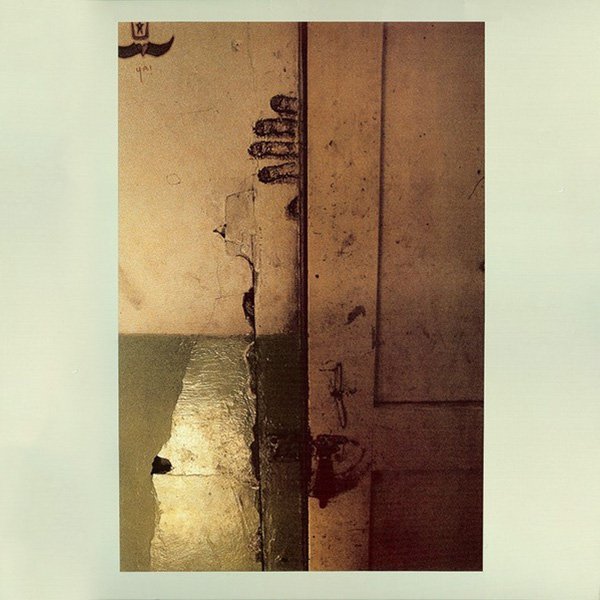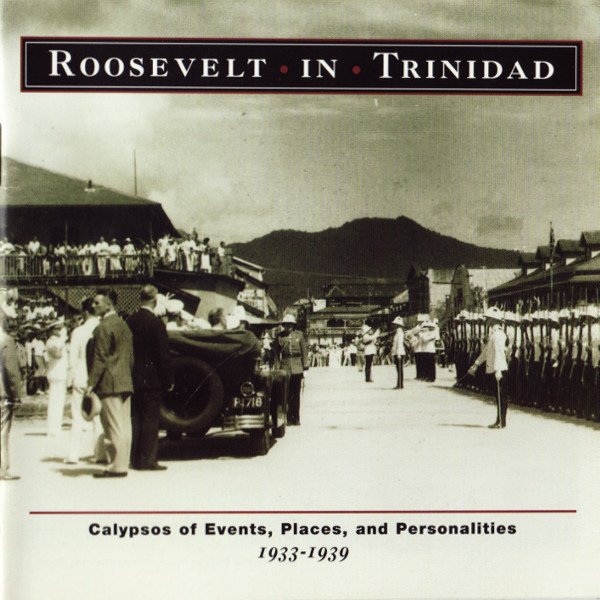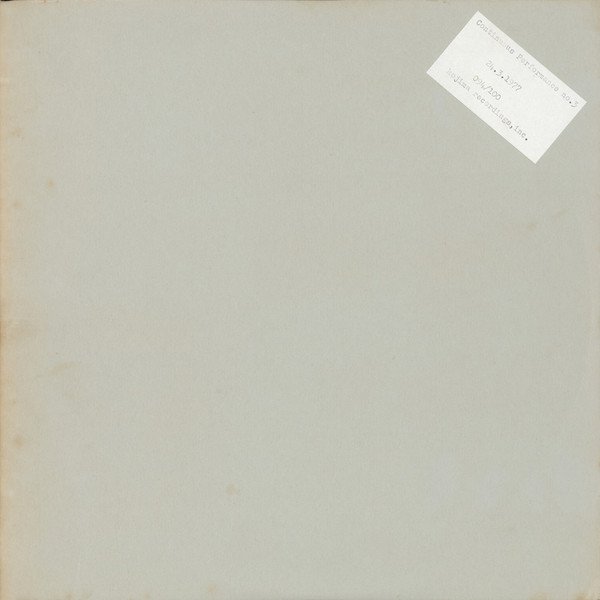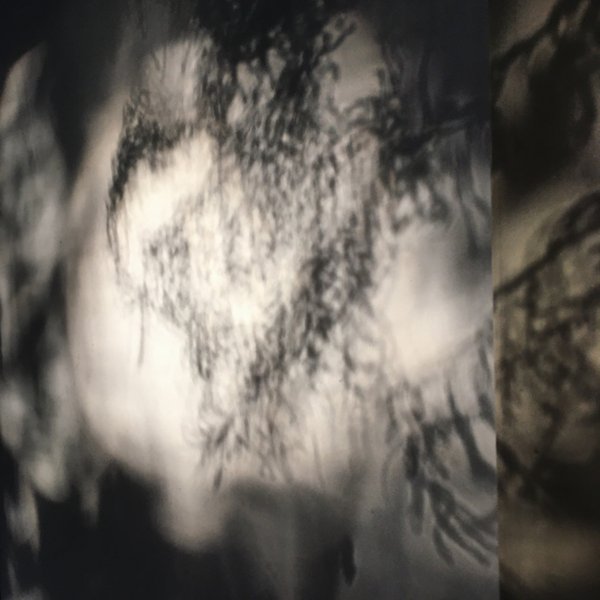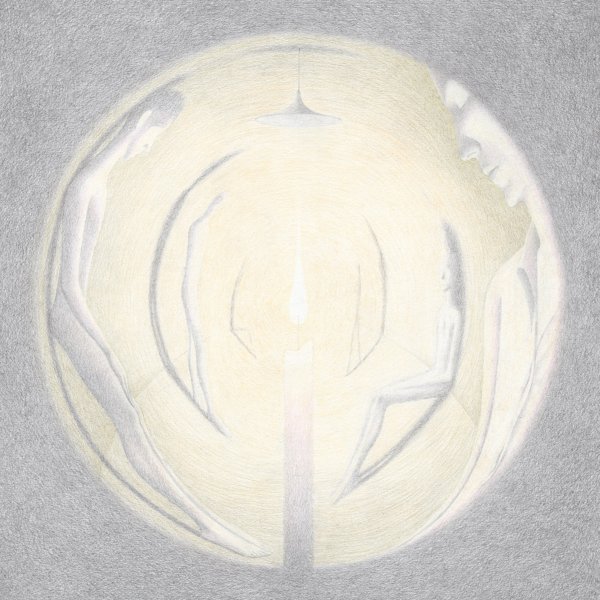Satie’s eccentricities continue to be debated by every new generation of performers that discover his work. His work not only invites ambiguity but revels in it, leaving vague directions on the sheet music that, often, seem to have been more for his own amusement than the benefit of the musician. At the top of Vexations (1893), Satie scrawled the following: “In order to play the motif 840 times in succession, it would be advisable to prepare oneself beforehand, and in the deepest silence, by serious immobilities.” Was this an instruction to play the piece over 800 times, or simply a suggestion should you happen to be insane enough to want to try? It barely mattered; everyone seemed to agree it would be an impossible undertaking. American composer and musical philosopher John Cage, however, did believe it was possible — and in 1963 assembled a team of 11 pianists to perform Vexations in shifts at New York’s Pocket Theatre. It took nearly 19 hours. Four years later, David Toop would be the first to do it all by himself, playing a grueling 24 hour marathon. The musician’s interpretation of Satie’s tempo instruction of “très lent,” or “very slowly,” could make hours worth of difference. Jeroen van Veen would be the first to record all 840 repetitions for an album, and his read of the piece is on the slower side — clocking in at just under a full day’s worth of music. In true mischievous Satie spirit, it’s unclear if there’s even a real expectation for someone to listen to all of it.


